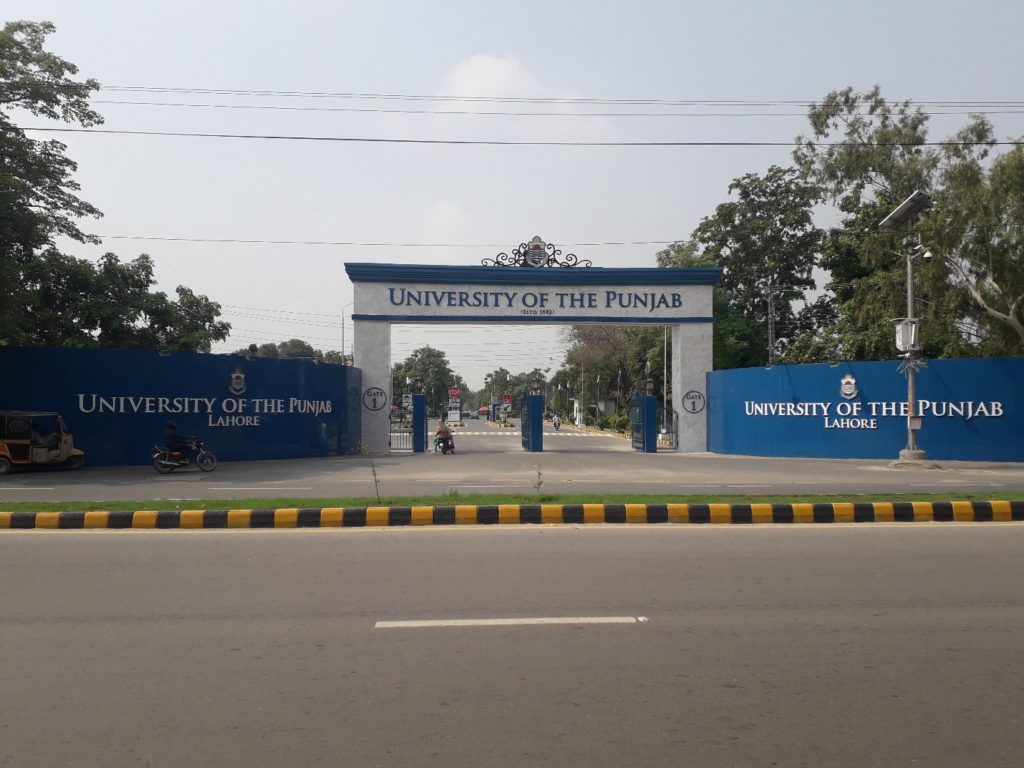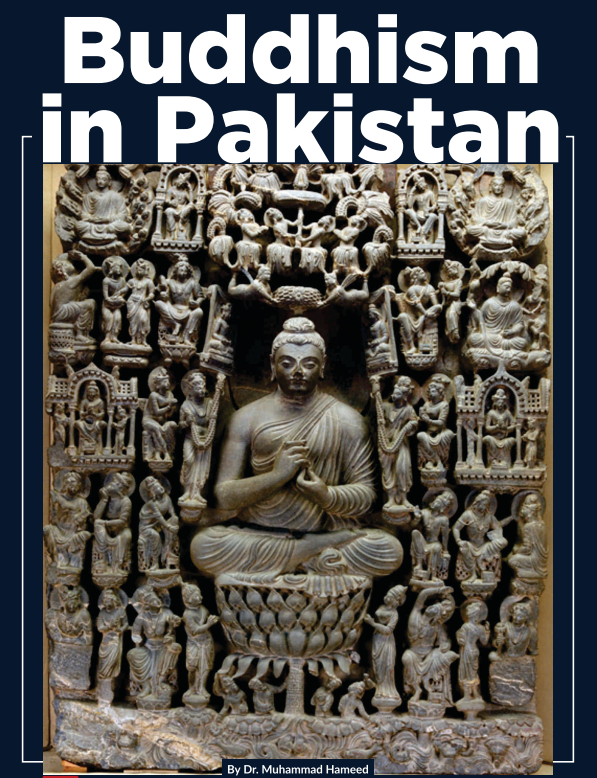
Dr. Muhammad Hameed
The history of Buddhism in Pakistan can be traced back to the middle of the third century BCE when Asoka, (Ashoka), the famous king of the Mauryan dynasty founded by Chandragupta Maurya, accepted Buddhism after the Kalanga war. Philosophy the religion by which winning hearts through respect instead of bloodshed/war influence Asoka to such an extent that he decided to change his faith and converted to Buddhism.
This was the first time when Buddhism got the royal patronage when Asoka declared it as “State religion” due to which eco of the faith spread throughout his empire. Many practical steps were taken to spread the philosophy, teachings, and ethics of the religion. Missionaries were sent to all parts of the Mauryan empire, including present-day Pakistan, to preach to the people and practice a new code of life.
Present-day Gandhara which mainly comprises the North-Western parts of the country received equal attention which is clear by the fact that the king ordered to build religious shrines in the form of Buddhist Stupas, one at Taxila and the other at Swat.
Inscribing the philosophy and teachings of Buddhism, particularly related to the behavior of living beings (humans, animals, and even Plants) on rocks is also one of the examples of the efforts made by Asoka. These are known as “Asokan Rock Edicts” located at different intervals of the ancient trade routes. The famous Shehbazgarhi Rock Edicts in the Mardan district are in the best state of preservation.

Shehbazgarhi Rock Edicts, Mardan
Present-day Gandhara which mainly comprises the North-Western parts of the country received equal attention which is clear by the fact that the king ordered to build religious shrines in the form of Buddhist Stupas, one at Taxila and the other at Swat. These are the earliest stupas in the region and makes the beginning of Stupa architecture. These also have the sanctity to house holy relics of the Buddha. The one in Taxila is more important due to its name as it is called ‘Dharamrajika Stupa”. So, in this way, Buddhism found its first home in Taxila from where it spread into the Gandharan mainland.
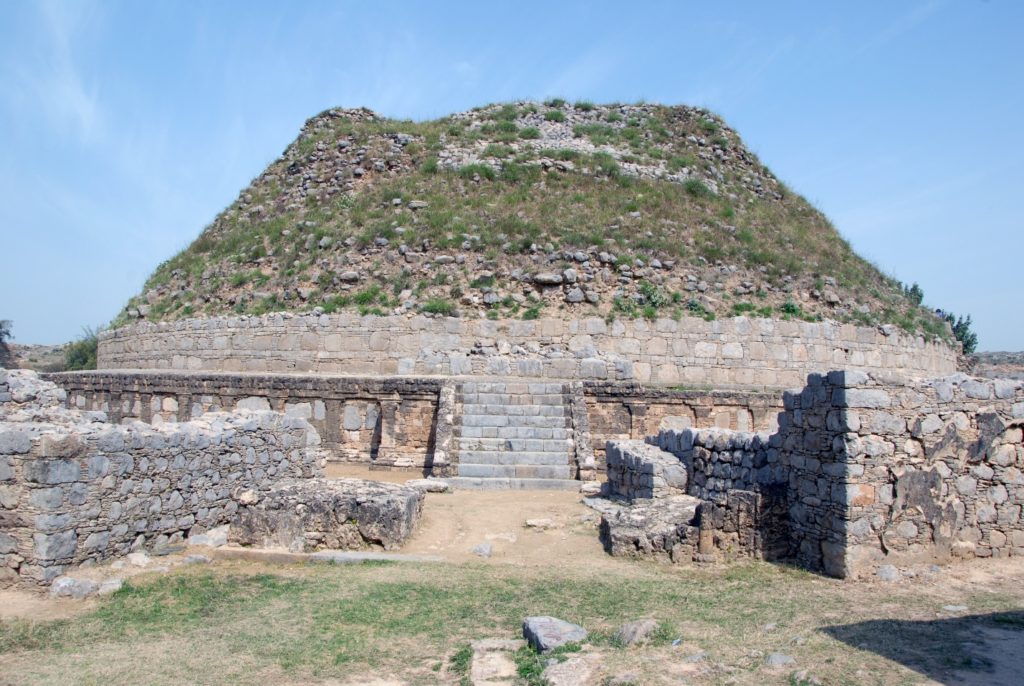
Dharamrajika Stupa, Taxila
Buddhism got the second boost, this time, even more, stronger, during the period of great Kushan ruler, Kanishka. It was during this period when all aspects of the religion including art and architecture developed in Gandhara due to which the region became the cradle of Buddhism. A huge number of Stupas and Monasteries were constructed the perfect examples of which we find in Taxila, Mardan, Buner, Dir, Swat, and Peshawar. Some of the most popular religious establishments such as Konal, Mohra Mohradu, Julian, Bhamal, Takht-e- Bhai, Jamal Garhi, Ranigat, and then in Swat provide the essence of the Buddhist faith and its monastic traditions.
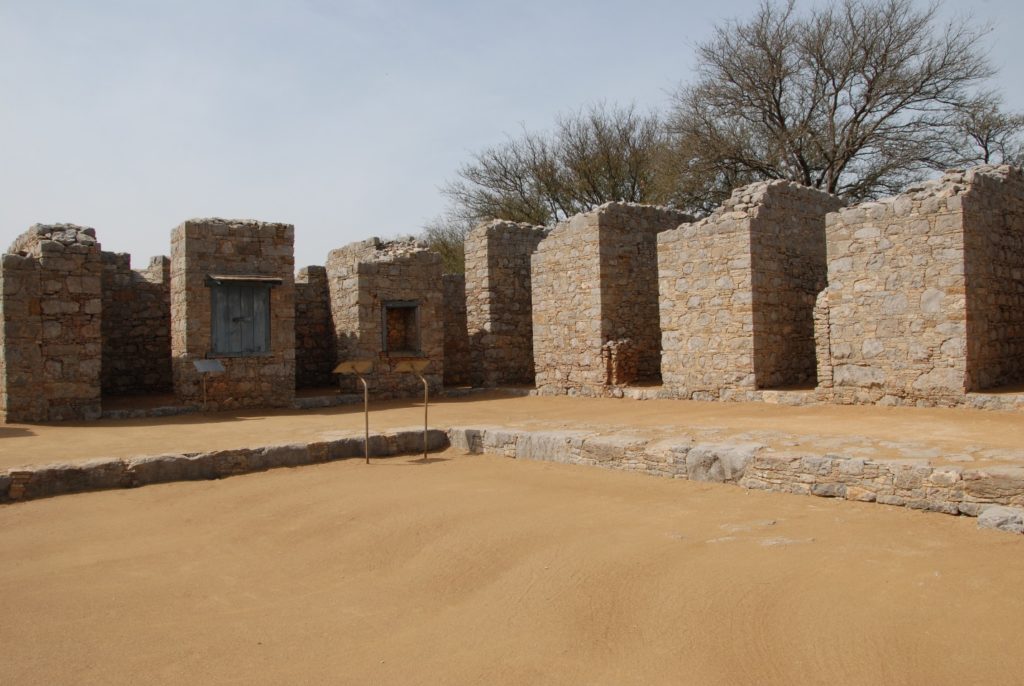
Julian Monastery, Taxila
The element which makes these places more attractive and significant is the profusely decorative art applied on the walls of stupas and monasteries in the form of narrative art. The sculptures and panels depicting the life story of the Buddha were used to adorn the shrines. For the first time, Lord Buddha was depicted in human form and thus followers of Buddhism could easily understand the complete life story of the Buddha. The Buddhist art of Gandhara is also among the key collections of Peshawar, Taxila, Lahore, and Karachi Museum.
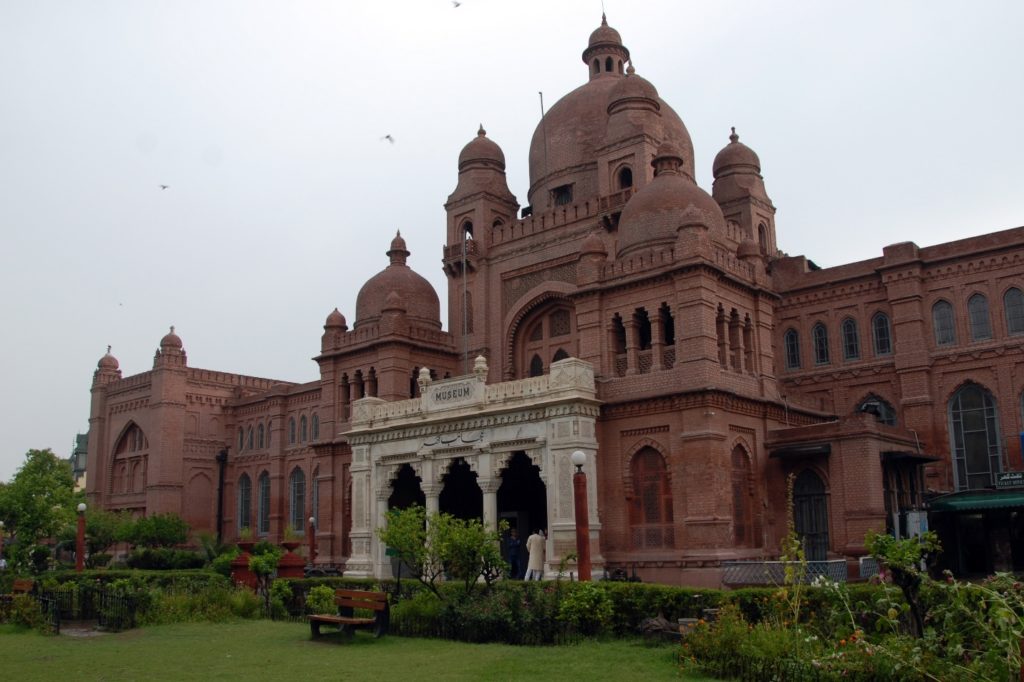
Lahore Museum Lahore

Taxila Museum
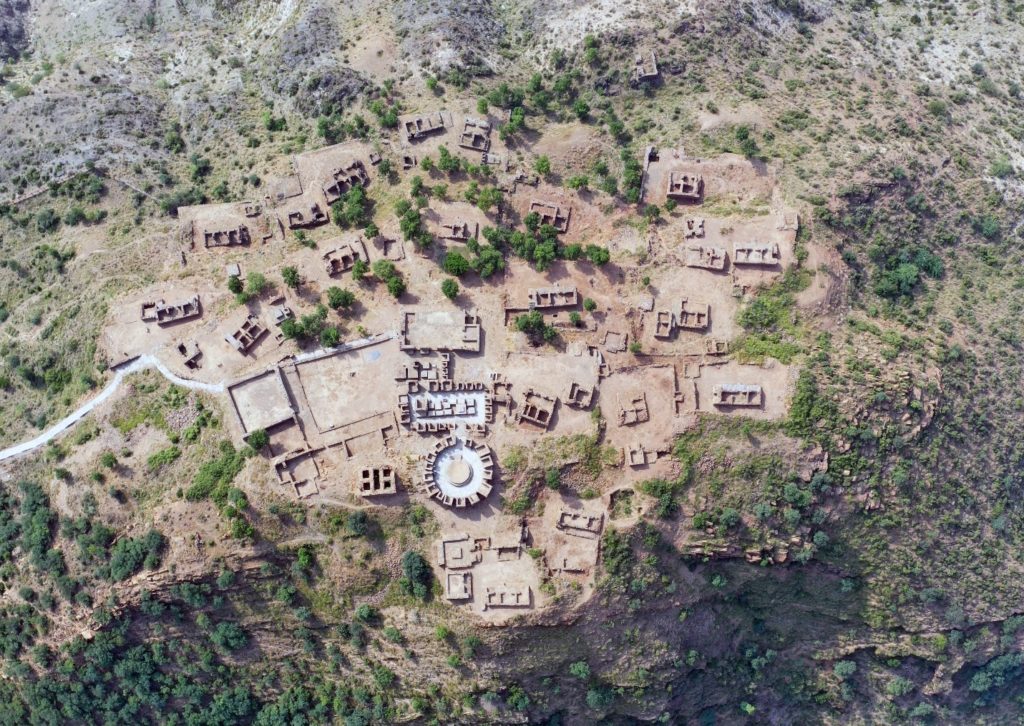
Jamal Garhi Buddhist Monastery, Mardan
Buddhism in Thailand and the Shared Heritage
Buddhist heritage in Pakistan is famous throughout the world. Religious shrines in the form of Stupa and Monasteries have been explored, excavated, documented, and even preserved in Taxila, Peshawar, Swat valleys. Statues, sculptures, and reliefs depicting different life episodes of the Buddha have been displayed in various museums of the country.
As this government is promoting religious tourism, Buddhist art is also very much highlighted and last year a delegation of Thai monks visited Pakistan and they were given state protocol.
Thai Buddhist heritage in the form of more than 40000 temples, monasteries, artifacts, images is the best chronicles of the origin and development of Buddhism in the country. The heritage provides us the mirror through which grandeur of the faith and association of the Thai community. The association with Buddhism is deeply rooted and it covers a history of more than two thousand years. Archaeological, as well as historical sources, speak about the fact that during the period of Asoka, missionaries were sent to this part of the world as well for the propagation of Buddhism.
They preached the Theravada version of the Buddhist faith which is the oldest Buddhist school. The philosophy and teachings of the faith which were introduced in Pakistan and Thailand were the same, thus making it a shared religious heritage. In Thailand, Theravada school is being practiced and the earliest glimpses of which we still find in the oldest religious canons and narrative art. In the larger perspective, both the nations share similar archaeological, historical, religious, and cultural traditions dating back to 2300 years ago.
The strong religious bond, based upon Buddhism, has shaped up the modern high valued relationship between Thailand and Pakistan. On both sides, important events like national days, festivals related to Buddhism and Gandhara art, religious tourism, etc are celebrated with the active participation of high officials and the general mass of these two historic nations.

Takht e Bhai Buddhist Monastery, Mardan
The Museum of Buddhist Arts in Bangkok, Pattaya, Nongprue, and other collections are also equally important. These museums must establish close connections with museums in Pakistan where we have the treasure of Buddhist art having beautifully manufactured art pieces. Museums of both countries should organize regular exhibitions, temporary as well as permanent to make people aware of the common history and heritage.
As the National Day of Thailand is approaching, the best way to celebrate the special day of the Kingdom of Thailand is to highlight the shared historical, cultural values, and heritage of Buddhism and Buddhist arts from Pakistan and Thailand. The Buddhist art pieces from the collection of different museums of Pakistan should be highlighted and can be loaned to the concerned consulates for arranging temporary exhibitions. This shall certainly be fruitful for strengthening the mutual communal bond between the two countries.
The Government is actively promoting Buddhist Tourism to showcase the common heritage so carefully preserved in Taxila, Takht i Bhai, Peshawar, Buner, Swat, and elsewhere in Pakistan. Pakistan has opened it for international tourists and travelers and objectifying its glorious heritage.
Tourism and Economic Perspective
The mutual understanding and trust between both countries is the bedrock of Pakistan- Thailand friendship. The linkage between our land and people is traced back in ancient times, to the Buddhist Gandhara heritage of Pakistan with Taxila at its heart. The mutual manifest is in close collaboration at the UN, ARF, ACD, ACEAN, and other regional and international forums.
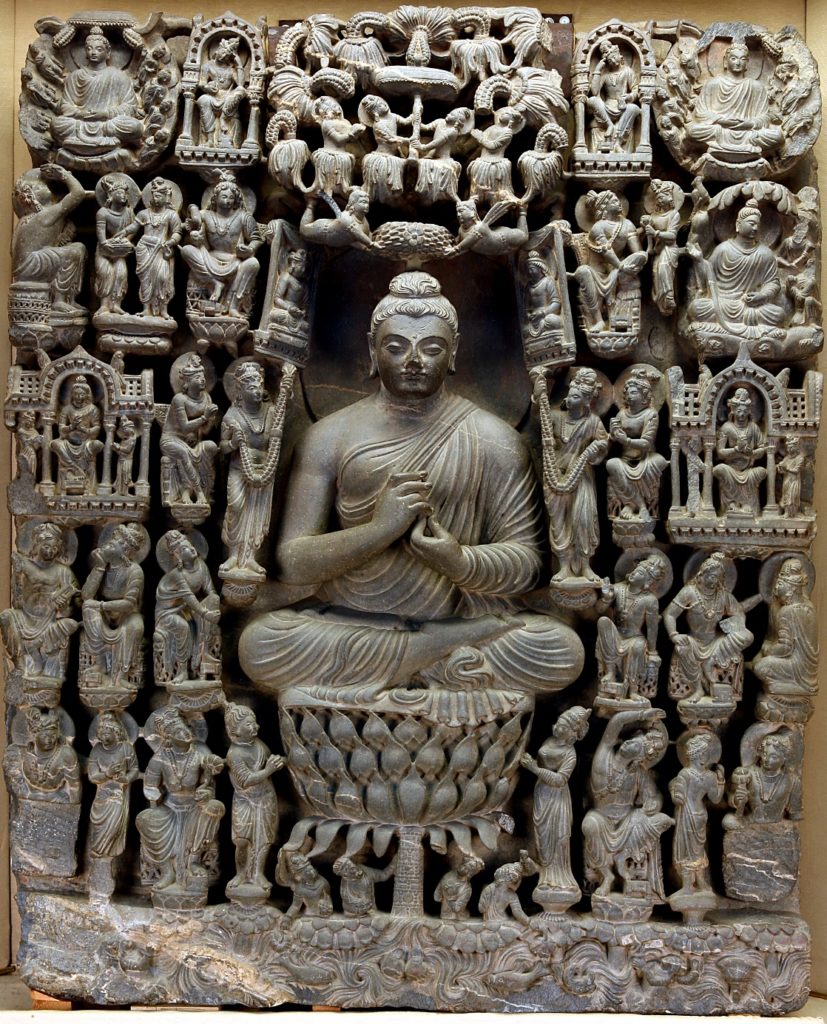
Lahore Museum Collection
Pakistani writers and academia is portraying the positive picture of Pakistan. The archaeologists of Pakistan are exploring the new paradigms of Buddhist art and highlighting the vibrant culture of the Buddhist heritage ranging. Cultural Cooperation People-to-people contact is one of the most important aspects of bilateral relations.
There are thousands of Thai nationals living in Pakistan and a huge number of Thai students are studying in various educational, professional, and technical institutions of Pakistan. The numbers of Pakistani and Thai tourists have been growing. The Thai- Pakistan academic ties can shape strong bonds based upon heritage and culture-orientated research. Thailand and Pakistan have enjoyed close and cordial relations since the establishment of diplomatic relations in 1951. Both sides have exchanged high-level visits and enhanced close cooperation in the areas of politics and security, economic cooperation, and people-to-people relations.

Lahore Museum Collection
Relations with Thailand have also grown from strength to strength. Bilateral trade has grown steadily. A Free Trade Agreement is currently being negotiated with Thailand. More people from Thailand and the region are visiting Pakistan, which apart from its scenic tourist destinations, cultural and historic attractions, is also home to the rich Buddhist heritage that flourished in Gandhara and is of great interest to followers of Buddhism around the world. Cooperation in the field of defense and security has also expanded, and a bilateral agreement is close to conclusion.
Yet there is immense potential in trade and investment, culture and tourism, defense, and educational, scientific, and technological cooperation.
The Government is actively promoting Buddhist Tourism to showcase the common heritage so carefully preserved in Taxila, Takht i Bhai, Peshawar, Buner, Swat, and elsewhere in Pakistan. Pakistan has opened it for international tourists and travelers and objectifying the glorious heritage of Pakistan.
Pakistan has very rich potential for religious tourism especially Buddhist heritage and Gandhara Civilization. In the early 1960s, expanding on ancient Buddhism connective potential in Pakistan, the Buddhist past has served marvelous to promote and highlight the shared culture. Buddhism was placed at the center of Pakistan’s historical origins in museum exhibits, archaeological publications, and historical addresses from the 1950s to onwards.
Buddhist Gandhara can play a very deep and pivotal role in the development of strong cultural and religion-based ties between Pakistan and Thailand Buddhist art is adding very good dimensions in the relationship of Pakistan and Thailand.
As this government is promoting religious tourism, Buddhist art is also very much highlighted and last year a delegation of Thai monks visited Pakistan and they were given state protocol. The delegation applauded the efforts of the Pakistani government for the promotion and preservation of Buddhist art and architecture and Buddhist heritage.
Educational ties of Pakistan and Thailand
Buddhist monastic schools, colleges, and universities in Thailand are playing exceptional roles in teaching all aspects of Buddhism. Some of these institutions such as International Buddhist Studies College (IBSC) have been providing world-class teachings of the faith. The Mahachulalongkornrajavidyalaya University in Bangkok, established in 1887, has a unique similarity as the University of Punjab in Lahore was founded in 1882.
Both institutions are the larger academic centers of excellence and have been contributing a lot since their existence. The Mahachulalongkornrajavidyalaya University offers the best courses to study Buddhism, its philosophy, art, and even offers degrees in Mahayana Buddhism, the school which exclusively developed in Gandhara.
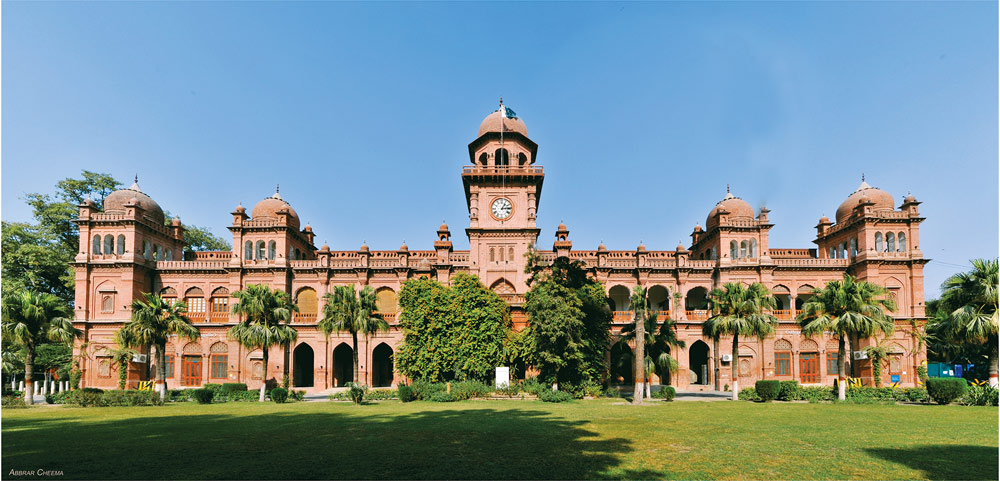
University of the Punjab, Lahore
University of the Punjab, Lahore
The University also has the honor to host the secretariat of the International Association for Buddhist Universities. With such a huge academic setup of studying Buddhism in Bangkok only and offering degrees in English, the international linkage with universities in Pakistan can be easily established by organizing seminars, conferences, workshops, training sessions about the origin, development, spread, and modern statues of Buddhism not only in these two countries but throughout the world.
Similarly, Mahamakut Buddhist University and The World Buddhist University are among the top prestigious academic institutions. The Mahamakut Buddhist University has already sound academic linkages with top universities of the United Kingdom. On the other hand, top universities in Pakistan such as the University of the Punjab, Lahore, Quaid e Azam University, Islamabad, Hazar University Mansehra, and the University of Peshawar have a long history of teaching Buddhism and Buddhist art of Gandhara. In these universities, various courses related to Buddhism are offered at BS, MS, and Ph.D. levels.
However, the academic cooperation and linkage between the universities of both countries should be established for the better in-depth study and understanding of Buddhism, its philosophy, ethics, and teachings along with heritage. In Pakistan, we have the treasure in the form of the earliest sacred Buddhist literature and narrative art but understanding about Buddhist religion is lacking. Thai community and scholars have that knowledge that can be transferred to academia in Pakistan. There should be faculty and students exchange programs where scholars and students of both countries can come and learn through interaction.
Memorandums of Understandings should be signed between academia to explore more and more opportunities such as Scholarships for research students. Relevant authorities and consulates in the major cities of Thailand and Pakistan have an all-important role to play. They can organize events in collaborations with the local communities (Thai community in Pakistan and Pakistani Community in Thailand) and academia, bring them close, and lay the foundation of a strong connection. I often witness activities arranged by a Bangkok-based organization known as the “Overseas Pakistani Thai Association.”
Their work is very much impressive and duly acknowledged by the whole Pakistani Community living in Thailand. Such dedicated associations can also be taken on board for organizing an academic event either in Pakistan or in Thailand where researchers, scholars, experts, and students from both countries can sit together and prepare a future strategy to establish long-lasting academic ties.

The writer is Chairman, Department of Archaeology, University of the Punjab, Lahore. Pakistan.

